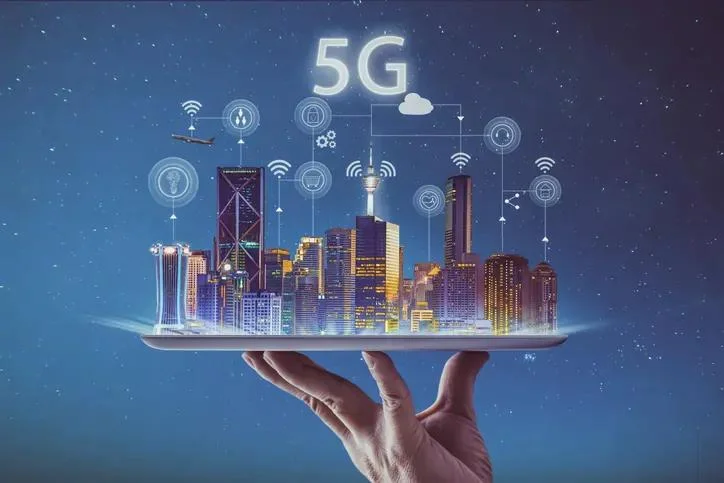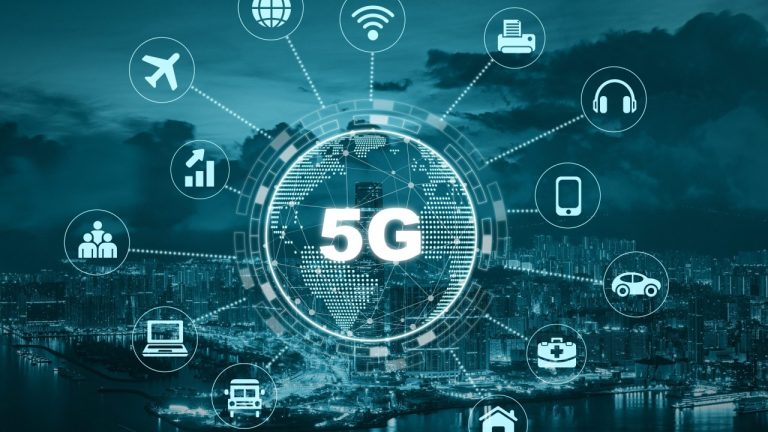The rollout of 5G began as a promise of ultra-fast internet and low-latency connectivity—but by 2025, it’s much more than just faster downloads. 5G technology has matured into a powerful driver of innovation across industries like healthcare, transportation, entertainment, and manufacturing.
In this article, we explore the latest 5G technology updates, how it’s evolving globally, and what it means for businesses and consumers in 2025.
✅ What Is 5G?
5G (fifth-generation wireless technology) is the successor to 4G LTE. It offers significantly faster speeds, lower latency, and the capacity to connect millions of devices simultaneously. It’s the foundation for the Internet of Things (IoT), smart cities, autonomous vehicles, and next-generation digital experiences.
🔄 Latest Developments in 5G Technology (2025)
1. Widespread Global Coverage
By mid-2025, over 75% of the world’s population has access to 5G networks, including expanded coverage in rural and remote regions through mid-band and low-band spectrum deployment.
2. 5G Advanced (Release 18 and Beyond)
The 3GPP Release 18 (also known as “5G Advanced”) introduces enhanced features:
- Improved AI-native networks for predictive performance.
- Better indoor coverage via repeaters and small cells.
- Improved uplink speeds and device-to-device (D2D) communication.
3. Massive IoT Integration
5G now powers large-scale IoT systems in agriculture, logistics, and healthcare. Smart farms use real-time data sensors; factories use 5G-powered robotics and automation with minimal lag.
4. Private 5G Networks
Enterprises and campuses are deploying private 5G networks for secure, high-performance connectivity—especially in industries like manufacturing, aviation, and logistics.
5. Low-Latency Gaming and Streaming
5G enables real-time cloud gaming, augmented reality (AR), and virtual reality (VR) without lags. Services like Xbox Cloud Gaming and Meta’s AR platforms have significantly benefited.

🌐 5G’s Role in Industry and Society
🏥 Healthcare
- Remote surgery and high-definition telemedicine powered by 5G ensure real-time responsiveness.
- Wearable health devices are more effective with always-on, low-latency connections.
🚗 Automotive
- 5G supports autonomous vehicles with vehicle-to-everything (V2X) communication.
- Live traffic data, over-the-air updates, and crash prevention systems rely on fast network response times.
🏙️ Smart Cities
- Real-time traffic management, smart lighting, and connected infrastructure thrive on 5G connectivity.
- Energy usage, waste management, and public safety systems are now networked in real time.
🔐 Security and Challenges
As 5G adoption rises, so do concerns:
- Cybersecurity threats are more complex, requiring better encryption and secure network slicing.
- Infrastructure costs remain high, especially in low-income regions.
- Device compatibility is still catching up, though most 2025 smartphones and IoT gadgets support 5G.
🔮 What’s Next for 5G?
- 6G groundwork is underway, aiming for commercial use by 2030 with even higher speeds and AI integration.
- 5G-powered satellites are expanding connectivity to areas without traditional infrastructure.
- Cross-industry collaboration is growing to build smarter, more efficient ecosystems using 5G.
Conclusion
In 2025, 5G has moved from hype to impact. It’s no longer just about mobile speed—it’s about enabling real-time connectivity across every sector of life and business. With updates like 5G Advanced and private networks, the technology is entering a new phase of capability and innovation.5G is not just faster. It’s the foundation for the future



